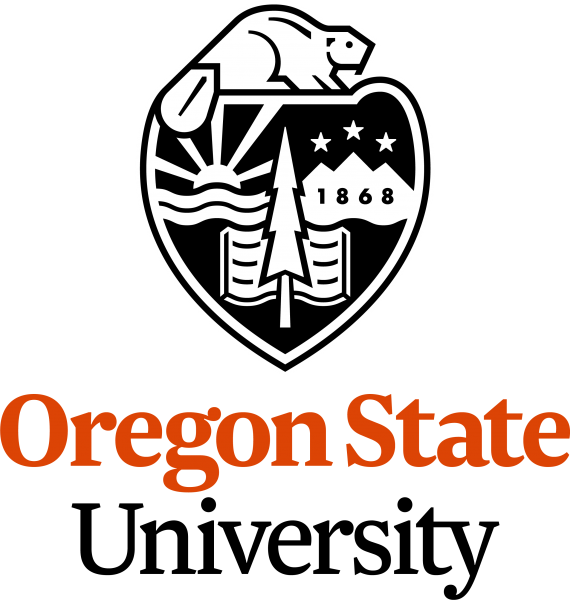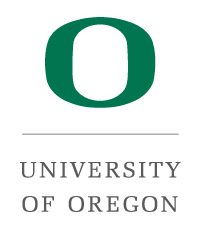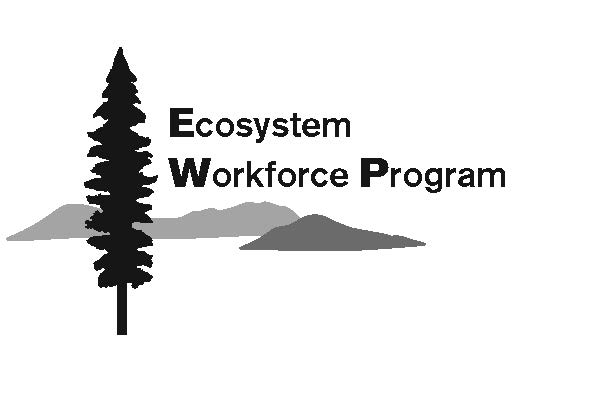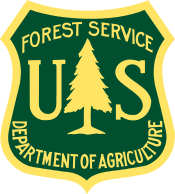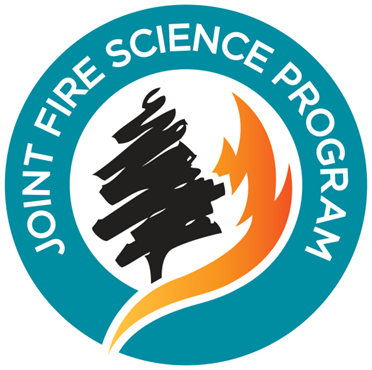Publications Library
Found 928 results
Filters: Keyword is technical reports and journal articles [Clear All Filters]
. Direct and indirect climate controls predict heterogeneous early-mid 21st century wildfire burned area across western and boreal North America PLOS One. 2017.
. Diversity in forest management to reduce wildfire losses: implications for resilience Ecology and Society. 2017;22(1).
. Does the presence of large down wood at the time of a forest fire impact soil recovery? Forest Ecology and Management. 2017;391.
. Economic Opportunities and Trade-Offs in Collaborative Forest Landscape Restoration Ecological Economics. 2017;136.
. Effectiveness of public health messaging and communication channels during smoke events: A rapid systematic review Journal of Environmental Management. 2017;193.
. Effects of accelerated wildfire on future fire regimes and implications for the United States federal fire policy Ecology and Society. 2017;22(4).
. Effects of climate change on snowpack and fire potential in the western USA Climate Change. 2017;141(2).
. The effects of thinning and burning on understory vegetation in North America: A meta-analysis Forest Ecology and Management. 2017;392.
. Efficacy of resource objective wildfires for restoration of ponderosa pine (Pinus ponderosa) forests in northern Arizona Forest Ecology and Management. 2017;389.
. Emissions from prescribed burning of timber slash piles in Oregon Atmospheric Environment. 2017;150.
. An empirical machine learning method for predicting potential fire control locations for pre-fire planning and operational fire management International Journal of Wildland Fire. 2017;26(7).
. An Evaluation of the Forest Service Hazardous Fuels Treatment Program—Are We Treating Enough to Promote Resiliency or Reduce Hazard? Journal of Forestry. 2017;115.
. Evidence of fuels management and fire weather influencing fire severity in an extreme fire event Ecological Applications. 2017;Online early.
. Factors influencing fire severity under moderate burning conditions in the Klamath Mountains, northern California, USA Ecosphere. 2017;8(5). Available at: http://onlinelibrary.wiley.com/doi/10.1002/ecs2.1794/full.
. Fall and spring grazing influence fire ignitability and initial spread in shrub steppe communities International Journal of Wildland Fire. 2017;26(6).
. Federal fire managers’ perceptions of the importance, scarcity and substitutability of suppression resources International Journal of Wildland Fire. 2017;26(7).
. Fire and dwarf mistletoe (Viscaceae: Arceuthobium species) in western North America: contrasting Arceuthobium tsugense and Arceuthobium americanum Botany. 2017;95(3).
. Fire History and Forest Structure along an Elevational Gradient in the Southern Cascade Range, Oregon, USA Fire Ecology. 2017;13(1).
. Fires following Bark Beetles: Factors Controlling Severity and Disturbance Interactions in Ponderosa Pine Fire Ecology. 2017;13(3).
. Forest succession along a productivity gradient following fire exclusion. Forest Ecology and Management. 2017;392.
. A framework for developing safe and effective large-fire response in a new fire management paradigm Forest Ecology and Management. 2017;404.
. Health benefits and costs of filtration interventions that reduce indoor exposure to PM2.5 during wildfires. International Journal of Indoor Environment and Health. 2017;27(1).
. The hierarchy of predictability in ecological restoration: are vegetation structure and functional diversity more predictable than community composition? Journal of Applied Ecology. 2017;54(4).
. Historical Fire–Climate Relationships in Contrasting Interior Pacific Northwest Forest Types Fire Ecology. 2017;13(2).

